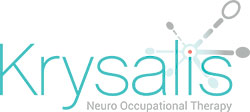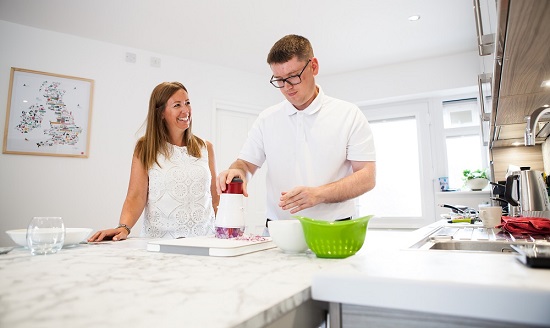Occupational Therapy
A Guide for Individuals and Professionals
What does an Occupational Therapist do?
OTs use activities as therapeutic tools to promote health and wellbeing.
The World Federation of Occupational Therapists (WFOT)2012 define OT as the following:
“Occupational therapy is a client-centred health profession concerned with promoting health and wellbeing through occupation. The primary goal of occupational therapy is to enable people to participate in the activities of everyday life. Occupational therapists achieve this outcome by working with people and communities to enhance their ability to engage in the occupations they want to, need to, or are expected to do, or by modifying the occupation or the environment to better support their occupational engagement.”
In a nut shell, OTs use activities to improve health and wellbeing. They work with all age groups and understand the concept of human occupation and behaviour. They understand activities, human function and the impact of the environment on individual abilities. OTs are interested in someone’s ability to participate and perform activities.
Our intervention is client centred, where the person is always central to the rehabilitation programme. An individual’s medical diagnosis is used to guide our intervention and, ultimately, can influence the OTs speciality, as in the case of a neuro OT. However, fundamentally the intervention we provide as therapists is underpinned by some key principles.
OTs consider:
-
Occupation: they use day-to-day activities to improve health, wellbeing and abilities.
-
Participation: they facilitate participation in activities regardless of disability.
-
Doing: they focus on the person, specifically what they ‘want to do, need to do, expect to do’ taking into account our uniqueness, our choices and our responsibilities.
-
Modification: they adopt a problem-solving approach, looking at current function, reviewing where the limitations lie and then looking to modify the activity or the environment.

